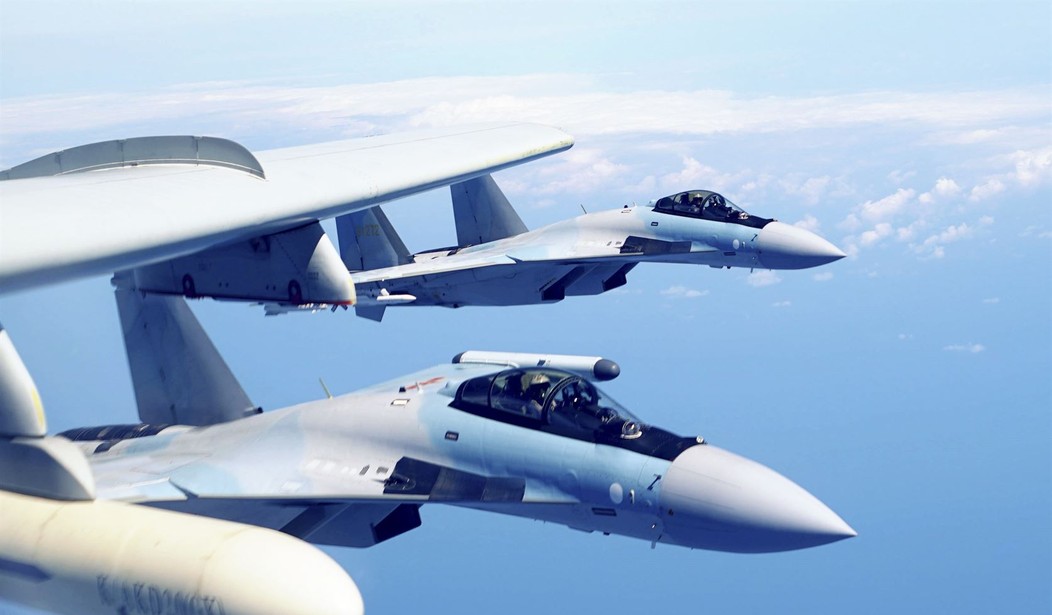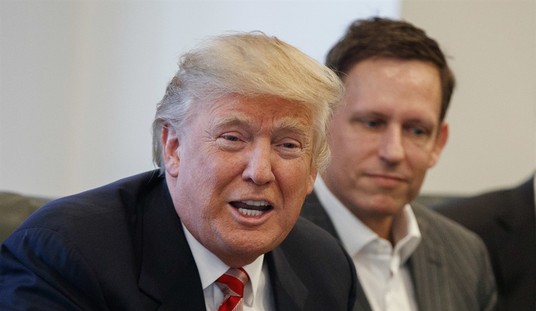Kiribati is an independent island nation in the South Pacific Ocean roughly halfway between Australia and Hawaii. Approximately one-half of the 120,000 residents of Kiribati live on the well-known atoll Tarawa, the scene of one of the worst battles for US forces in the South Pacific during World War Two.
The Island of Canton has served as a base for the US and allied aircraft during and after the war, and has been used by the United States military as an observation base during various missile tests over the Pacific.
Because of its strategic location and vast natural resources, Kiribati has been the subject of a struggle between China and Western-aligned countries in Asia and the South Pacific. In 2003, the Kiribati government gave formal recognition to the Taiwanese government in Taipei, creating hostility in its relationship with China.
But in 2019, the Kiribati government severed diplomatic ties with Taiwan and simultaneously restored diplomatic relations with the People’s Republic of China. The current President of Kiribati, Taneti Maamau, was behind the reversal in Kiribati foreign policy, much to the displeasure of Australia, New Zealand, and Japan, the three largest contributors of foreign aid to Kiribati.
But Maamau won a closely divided election on a pro-China platform — an election outcome that was surely helped by China providing $4.2 million for ‘livelihood projects’ before Maamau’s victory, according to the Kiribati government.
But what is now being reported by the Daily Mail newspaper in the UK is that China has delivered to Pres. Maamau a proposal to upgrade the airstrip and a bridge on Canton — all for the purpose of improving domestic air travel in Kiribati [insert laughter here].
China plans to revamp disused US airfield in the Pacific https://t.co/rHfLXEUuYc
— Daily Mail US (@DailyMail) May 9, 2021
Any significant build-up on Kanton, located 1,864 miles southwest of Hawaii and U.S. military bases there, would offer a foothold to China deep into territory that had been firmly aligned with the U.S. and its allies since World War II.
It’s possible the airport could support fighter deployments if it is modernized and improved, as well as increased in usable size.
The island could also be used to launch surveillance aircraft, as it is strategically located between Hawaii and the region containing Australia and New Zealand.
In a statement sent to Reuters, China’s Foreign Ministry said that China was exploring plans for upgrading and improving the airstrip, at the invitation of the Kiribati government, to facilitate domestic transport within Kiribati.
The statement said China’s cooperation with Kiribati held to the concept of ‘mutually beneficial cooperation’ and was ‘within the limits of its ability to provide help without any political conditions.’
This fits the model China has employed as part of its “Belt and Road” initiative in other parts of the world, where it has offered to design and build critical infrastructure projects in developing nations. All Chinese planning and construction are provided, with China providing the financing where the impoverished nations lack the resources to take on the project themselves.
But the terms of the funding are so onerous that the country has no hope or expectation of ever being able to repay the Chinese lenders, who then foreclose and take over ownership of the property and the improvements. And “voila” — China has a new facility in a strategic location that it designed and built with full dual-use capabilities to support both civilian and military operations.
But just how much domestic air travel would you expect to and from Canton?
There are around two dozen residents on Kanton who rely on subsistence fishing and supply ships.
Yep — it’s just screaming out for scheduled airline service at a shiny new civilian airport to be built by the Chinese.
From the Asia Times:
The Australian Strategic Policy Institute (ASPI), a Canberra-based think tank funded in part by the Australian Department of Defense, fretted in a September 2020 article that Beijing was likely to reclaim seabed and expand island installations in Kiribati as well as fortify them, as it has done to some South China Sea islands.
It accused China of “moving to achieve control over the vital trans-Pacific sea lines of communication under the guise of assisting with economic development and climate-change adaptation.”
The island would in fact become “ a fixed aircraft carrier,” according to one military analyst.
But there are other benefits to China strengthening its ties with Kiribati. The nation consists of 32 atolls dispersed across an area of the Pacific Ocean totaling 1.4 million square miles. As such it has one of the largest “economic exclusion zones” (EEZ) involving a marine environment anywhere in the world. Kiribati limits commercial fishing inside its EEZ, but as I covered in this earlier article, China maintains, by far, the world’s largest fleet of commercial fishing vessels — possibly as many as 13,000 — which travel around the oceans of the world with a voracious appetite for taking seafood.
A political opposition party remains strong in Kiribati, and they remain committed to close ties with the West and not a closer relationship with China. Whether that will be enough to keep China out of Canton remains to be seen.















Join the conversation as a VIP Member